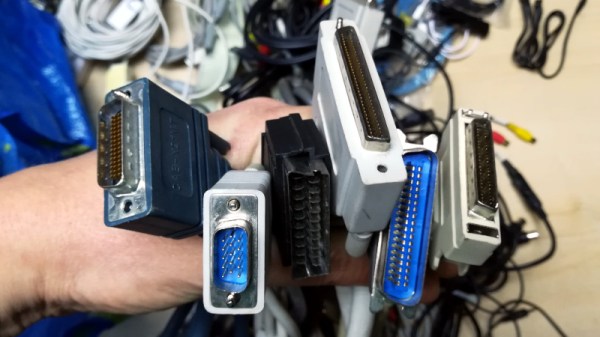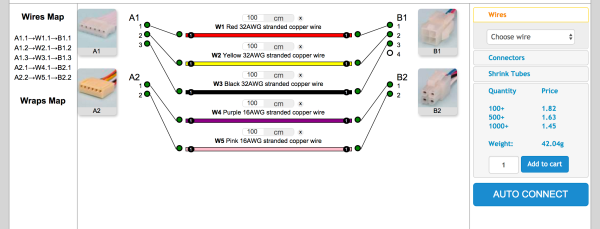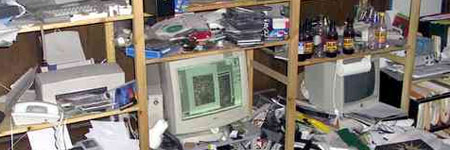After over a decade of laptop use, I made the move a couple of months ago back to a desktop computer. An ex-corporate compact PC and a large widescreen monitor on a stand, and alongside them a proper mouse and my trusty IBM Model M that has served me for decades. At a stroke, the ergonomics of my workspace changed for the better, as I no longer have to bend slightly to see the screen.
The previous desktop PC was from an earlier time. I think it had whatever the AMD competitor to a Pentium 4 was, and if I recall correctly, its 512 MB of memory was considered to be quite something. On the back it had an entirely different set of sockets to my new one, a brace of serial ports, a SCSI port, and a parallel printer port. Inside the case, its various drives were served by a set of ribbon cables. It even boasted a floppy drive. By contrast the cabling on its successor is a lot lighter, with much less bulky connectors. A few USB plugs and a network cable, and SATA for its disk drive. The days of bulky multiway interconnects are behind us, and probably most of us are heaving a sigh of relief. Continue reading “Living At The Close Of The Multiway Era”
















